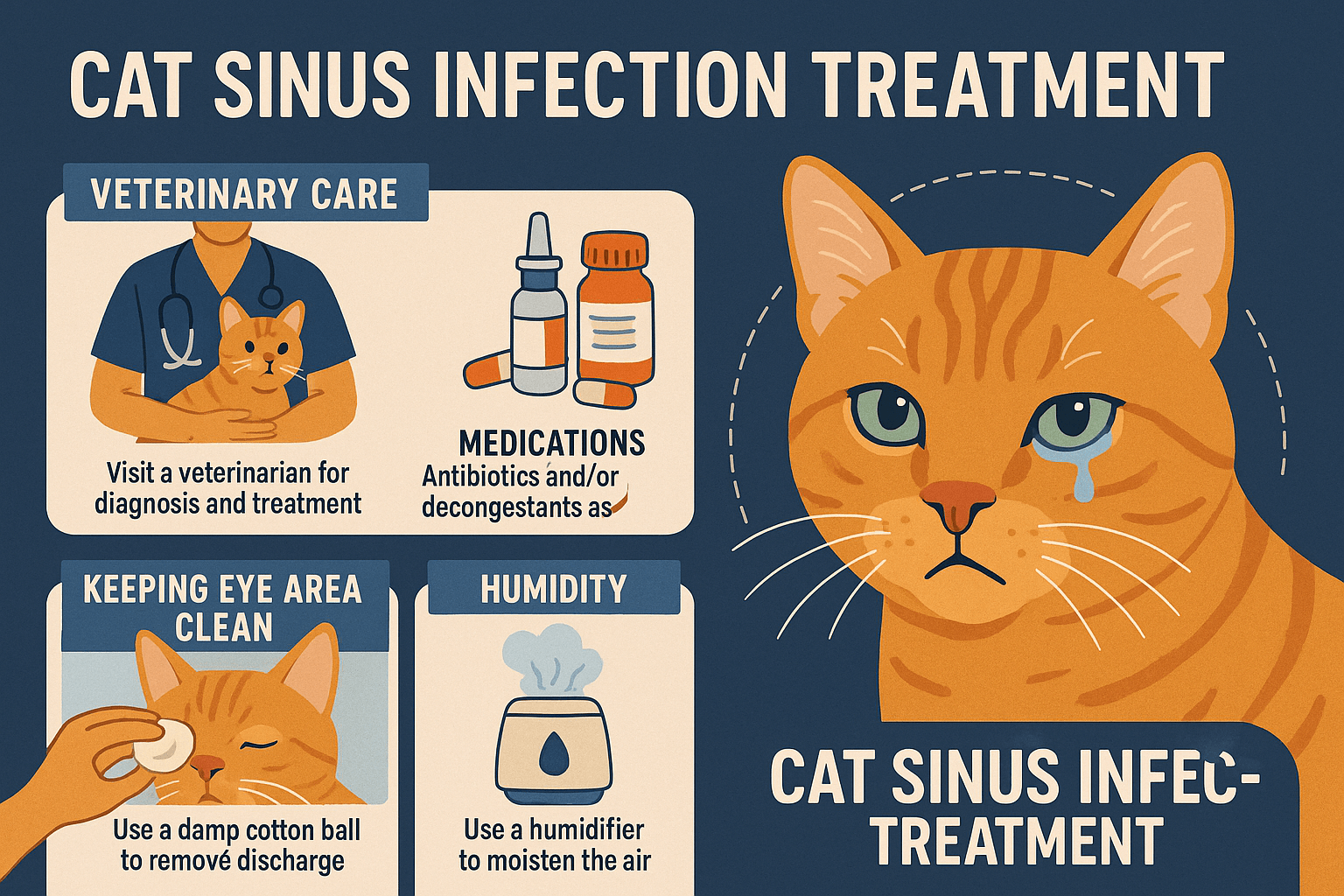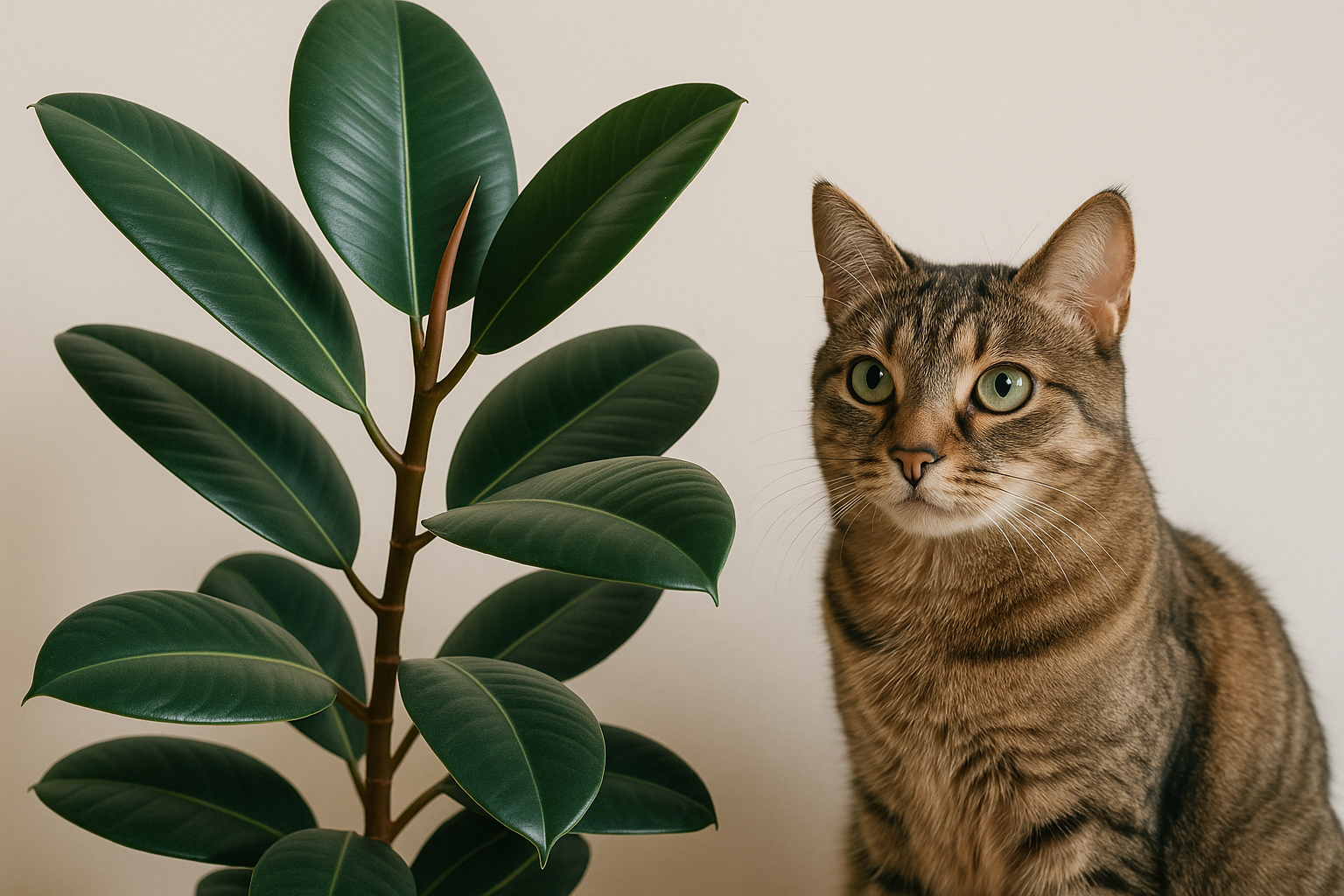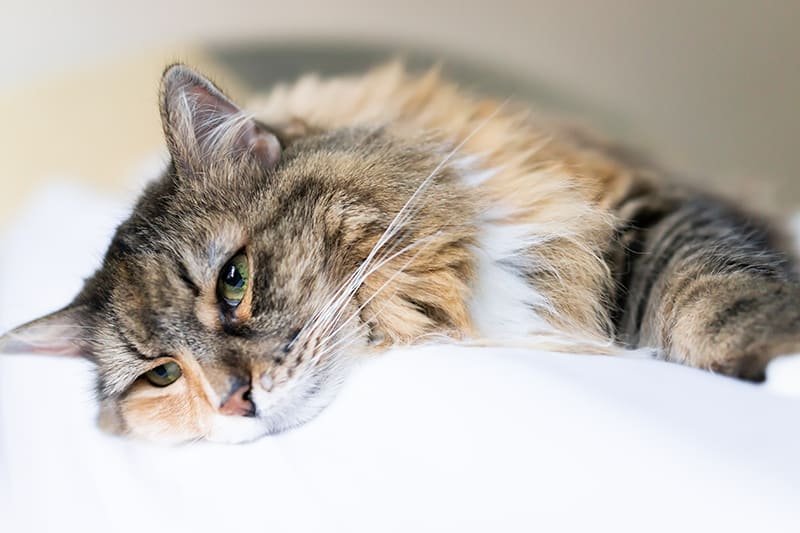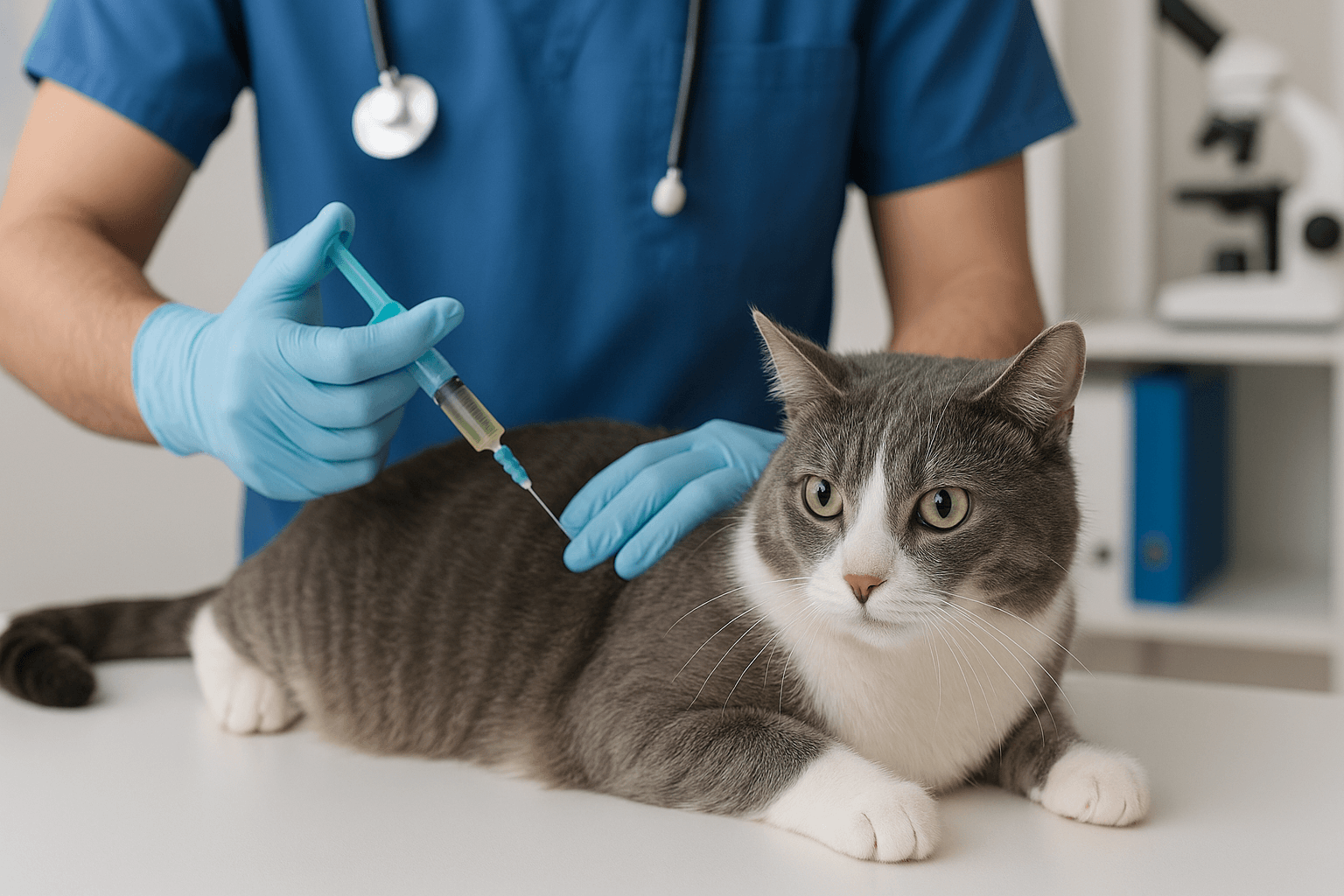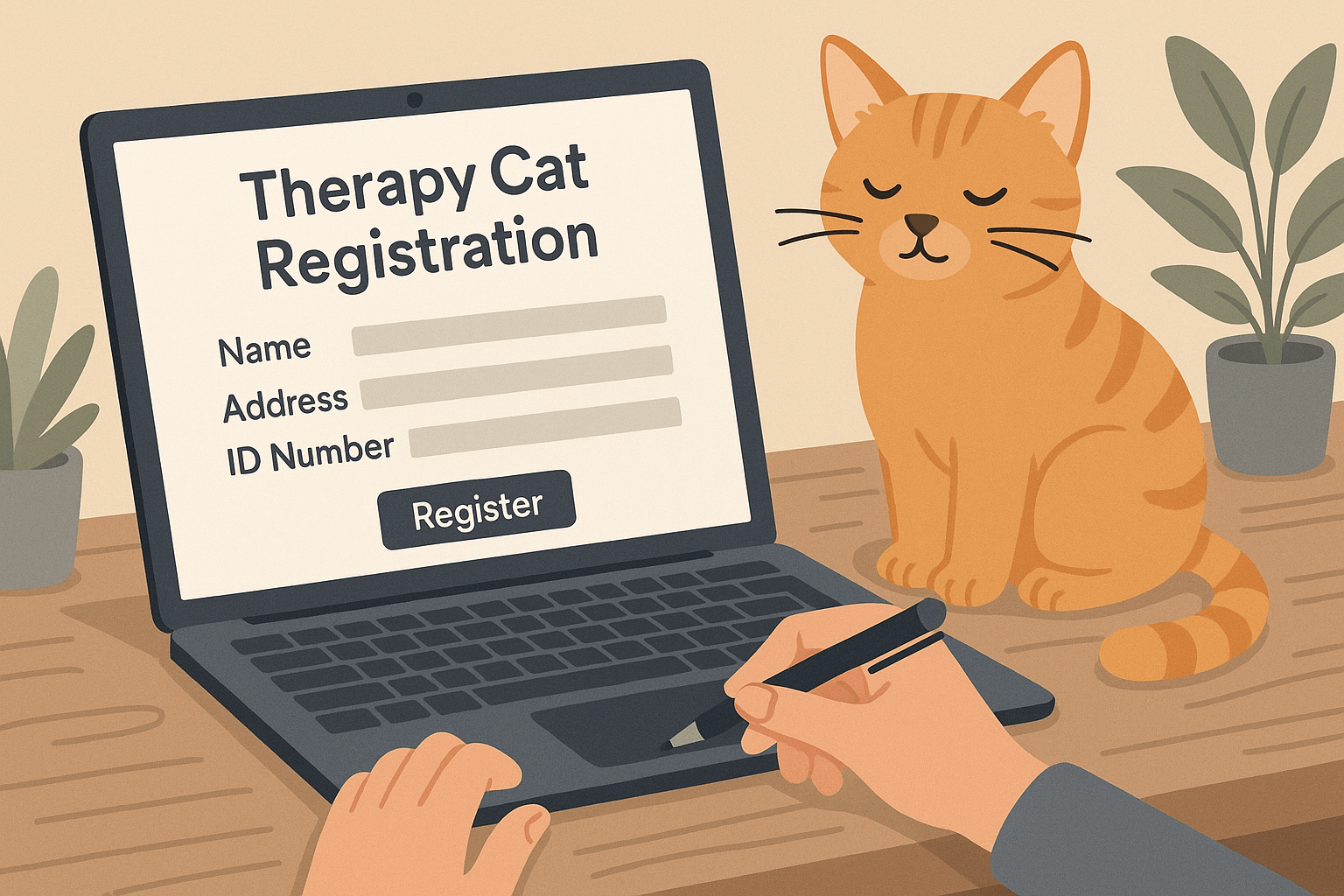Cat Sinus Infection Treatment: What You Need to Know
Cats, like humans, can suffer from sinus infections that cause discomfort and affect their quality of life. These infections often stem from bacterial, viral, or fungal causes and may lead to symptoms such as sneezing, nasal discharge, and lethargy. While some cases resolve on their own, others require prompt veterinary attention to prevent complications. Understanding the signs, treatment options, and preventive measures is crucial for ensuring your feline friend stays healthy and happy. In this guide, we’ll explore everything you need to know about treating and managing cat sinus infections effectively.
Signs Your Cat May Have a Sinus Infection
Recognizing the symptoms of a sinus infection early can help you seek timely treatment for your cat. Look out for these common signs that indicate your feline companion may be unwell.
Persistent Sneezing:
Frequent sneezing, especially if accompanied by nasal discharge, could signal an underlying sinus issue.Nasal Discharge:
Clear, yellow, or green discharge from the nose may indicate an infection requiring medical attention.Difficulty Breathing:
Cats with sinus infections often breathe through their mouths due to nasal congestion, which can be distressing.Loss of Appetite:
A cat with a sinus infection may lose interest in food, particularly if they cannot smell it due to blocked nasal passages.Lethargy and Irritability:
Cats suffering from sinus infections may appear unusually tired or irritable, signaling discomfort.
If you notice any of these symptoms, it’s important to consult your veterinarian promptly to determine the cause and begin appropriate treatment.
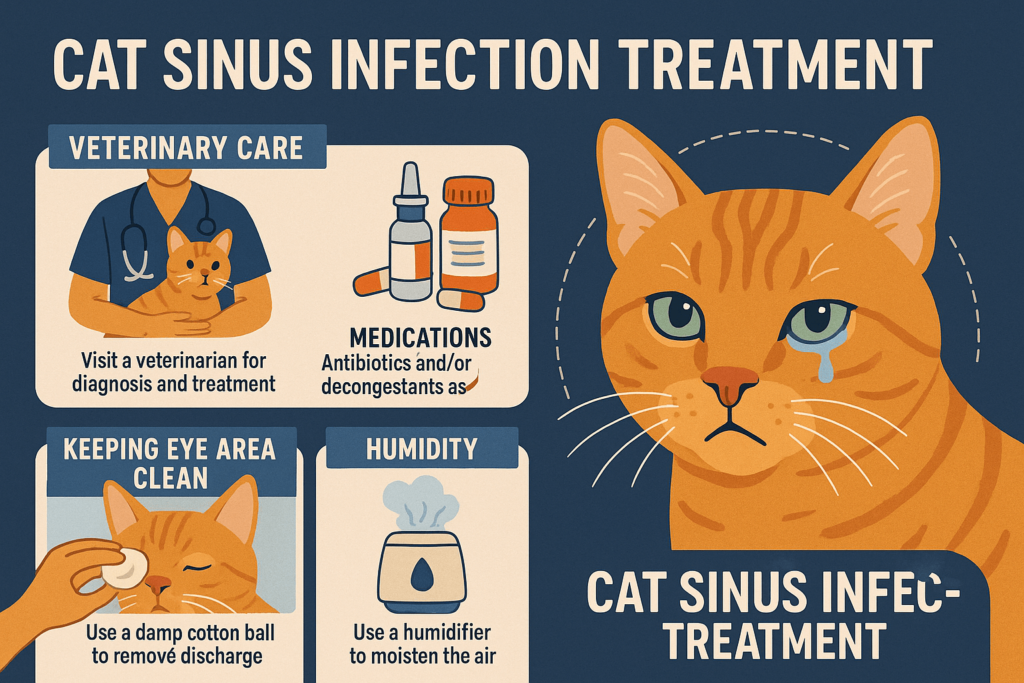
Common Treatments for Cat Sinus Infections
Treating a cat’s sinus infection typically involves addressing the root cause while alleviating symptoms. Here are some approaches veterinarians may recommend based on the severity and type of infection.
Antibiotics for Bacterial Infections:
If a bacterial infection is diagnosed, antibiotics are prescribed to eliminate harmful bacteria. Always complete the full course of medication.Antiviral Medications:
For viral sinus infections, antiviral treatments may be used to manage symptoms and support recovery.Steam Therapy:
Humidifying the air or using steam therapy can help loosen mucus and ease nasal congestion in cats.Nasal Flushes:
In severe cases, veterinarians may perform nasal flushes to clear debris and mucus from the sinuses.Pain Relief and Anti-Inflammatories:
If your cat is experiencing significant discomfort, pain relief medications or anti-inflammatory drugs may be administered.
These treatments aim to address the infection while improving your cat’s comfort and overall well-being.
Check this guide 👉Cat Sneezing No Other Symptoms: Best 7 Expert Tips!
Check this guide 👉Why Does My Cat Sneeze So Much? Best 7 Expert Tips!
Check this guide 👉Cat Sneezing and Vomiting: Best 7 Expert Tips!
Symptoms of Cat Sinus Infections | Potential Causes |
|---|---|
Persistent sneezing | Viral infections (e.g., feline herpesvirus) |
Nasal discharge | Bacterial infections |
Difficulty breathing | Fungal infections |
Loss of appetite | Allergies or irritants in the environment |
Lethargy and irritability | Dental issues spreading to nasal passages |
Home Care Tips for Managing Cat Sinus Infections
While professional treatment is essential, there are steps you can take at home to support your cat’s recovery and comfort during a sinus infection.
Keep the Air Moist:
Use a humidifier to maintain moisture levels in your home, helping to ease nasal congestion.Provide Warmth and Comfort:
Ensure your cat has a warm, cozy space to rest, reducing stress and promoting healing.Encourage Hydration:
Offer fresh water frequently to keep your cat hydrated, which aids in thinning mucus.Offer Strong-Smelling Food:
If your cat’s appetite is low, try warming their food slightly to enhance its aroma and entice them to eat.Monitor Symptoms Daily:
Keep track of changes in symptoms and report any worsening conditions to your vet immediately.
By combining veterinary care with supportive home measures, you can help your cat recover more quickly and comfortably.
Preventing Future Sinus Infections in Cats
Prevention is key to minimizing the risk of recurrent sinus infections in cats. Taking proactive steps can safeguard your pet’s respiratory health over time.
Vaccinate Against Common Illnesses:
Ensure your cat receives regular vaccinations to protect against viruses like feline herpesvirus and calicivirus.Maintain Good Dental Health:
Regular dental check-ups and cleanings can prevent dental infections from spreading to the sinuses.Reduce Exposure to Irritants:
Avoid exposing your cat to smoke, strong perfumes, or dusty environments that can irritate their nasal passages.Practice Proper Hygiene:
Clean food bowls, litter boxes, and bedding regularly to minimize exposure to germs and allergens.Schedule Routine Vet Visits:
Regular check-ups allow your vet to catch potential issues early before they develop into serious infections.
By adopting these preventive strategies, you can significantly reduce the likelihood of future sinus infections in your cat.
Understanding the Role of Diet in Managing Sinus Health
A balanced diet plays a vital role in supporting your cat’s immune system and overall respiratory health. Incorporating nutrient-rich foods can strengthen their defenses against infections.
High-Quality Protein Sources:
Protein supports tissue repair and boosts immune function, helping your cat fight off infections more effectively.Omega-3 Fatty Acids:
Found in fish oil, omega-3s have anti-inflammatory properties that can benefit cats with chronic sinus issues.Hydration-Promoting Foods:
Wet or canned food provides additional moisture, keeping your cat hydrated and aiding mucus clearance.Avoid Processed Ingredients:
Low-quality fillers and artificial additives can weaken immunity; opt for natural, whole-food-based diets instead.Consult Your Vet About Supplements:
Probiotics or vitamins may be recommended to enhance your cat’s immune response.
A nutritious diet lays the foundation for better respiratory health and faster recovery from sinus infections.
When to Seek Emergency Veterinary Care
While many sinus infections are manageable, certain situations warrant immediate veterinary attention. Knowing when to act can save your cat from serious complications.
Severe Difficulty Breathing:
Labored breathing or open-mouth panting indicates a critical situation requiring urgent care.Bleeding from the Nose:
Nasal bleeding is rare and signals a potentially serious underlying issue.Sudden Collapse or Weakness:
This could indicate systemic illness or advanced infection needing emergency treatment.Swelling Around the Face or Eyes:
Facial swelling might suggest an abscess or severe infection spreading beyond the sinuses.Refusal to Drink Water:
Dehydration exacerbates sinus issues and requires immediate rehydration under veterinary supervision.
Prompt action in emergencies ensures your cat receives the care they need to recover safely.
Natural Remedies to Support Sinus Health
In addition to conventional treatments, some natural remedies can complement your cat’s recovery process. These options should only be used under veterinary guidance.
Herbal Steam Therapy:
Adding chamomile or eucalyptus oil to steam sessions can soothe irritated nasal passages.Apple Cider Vinegar Dilution:
A diluted solution applied externally around the nose may help reduce irritation caused by allergens.Probiotic Supplements:
Boosting gut health with probiotics enhances immune function, aiding in faster recovery.Coconut Oil:
Small amounts of coconut oil mixed into food have antimicrobial properties that may assist in fighting infections.Essential Oils (Safe Varieties):
Diffusing pet-safe oils like lavender can create a calming environment while reducing airborne irritants.
Natural remedies can provide gentle support but should never replace professional veterinary care.
Frequently Asked Questions About Cat Sinus Infections
Can a cat recover from a sinus infection without treatment?
Mild cases may resolve on their own, but persistent or severe infections require veterinary intervention to avoid complications.
How long does it take for a cat to recover from a sinus infection?
Recovery time varies depending on the cause and treatment but typically ranges from a few days to several weeks.
Are sinus infections contagious between cats?
Some viral or bacterial infections can spread between cats, so isolating sick pets temporarily is advisable.
What should I do if my cat refuses to eat during a sinus infection?
Encourage eating with warmed, strong-smelling foods; consult your vet if refusal persists for more than 24 hours.
Can allergies cause sinus infections in cats?
Yes, chronic exposure to allergens can lead to inflammation and secondary infections in cats’ nasal passages.
Prioritizing Your Cat’s Respiratory Health
Sinus infections in cats can be uncomfortable and concerning, but with proper care and attention, most cases are treatable. Recognizing symptoms early, seeking veterinary guidance, and implementing supportive home care measures can make a significant difference in your cat’s recovery. By staying vigilant and taking preventive steps, you can help ensure your feline companion enjoys a lifetime of good respiratory health. Remember, when it comes to your cat’s well-being, acting swiftly and compassionately is always the best approach.
Is the Rubber Tree Cat Safe? Best 7 Expert Tips! Discover expert advice on keeping rubber plants safely in cat-friendly homes and learn top tips for pet-safe plant care.
Low Red Blood Cell Count in Cats: Best 7 Expert Tips! Discover causes, symptoms, and treatment options for feline anemia. Learn how to support your cat’s health effectively with expert advice.
Understanding Megacolon Treatment: Best 7 Expert Tips! Discover effective strategies to manage feline megacolon, from dietary changes to surgical options, ensuring your cat’s comfort and long-term health.
How to Register a Therapy Cat: Best 7 Expert Tips! Discover essential steps to certify your cat as a therapy animal, prepare them for training, and make a meaningful impact in therapeutic settings.

